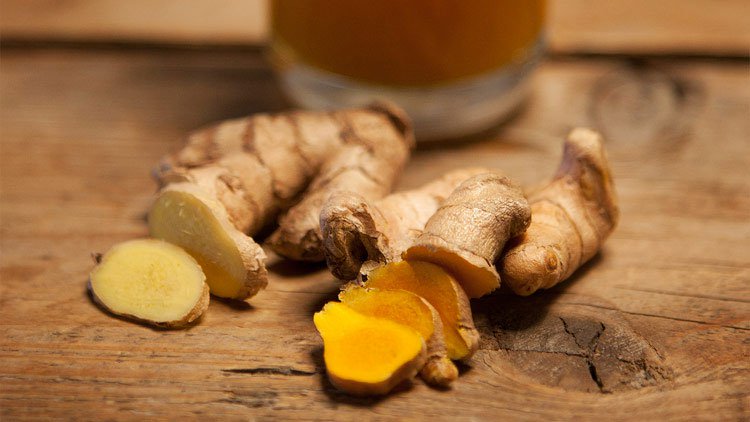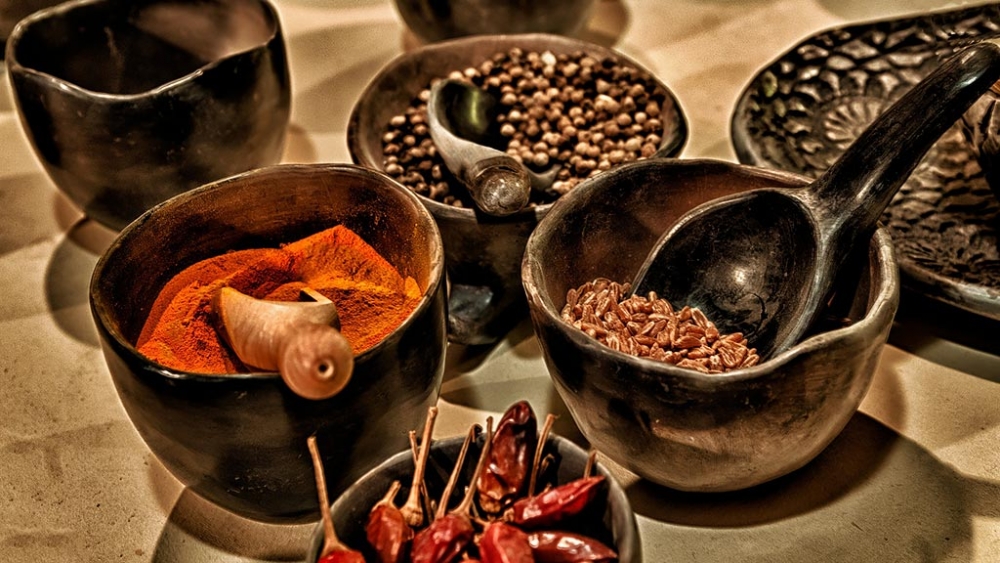Ayurveda has been India’s traditional health system for thousands of years. Translated as ‘science of life’, it holds ancient secrets to living a balanced and fulfilling life.
Ayurvedic treatments and lifestyle advice help each individual to live in harmony with their surroundings, according to their unique qualities and specific needs. It empowers them with the tools needed to counteract the effects of their external environment and adapt to their internal environment moment to moment.
Doshas
The distinctive physical, emotional, habitual and energetic qualities of each person are an indication as to which dosha or constitution they may be. The word doshaloosely translates as ‘imperfection’, ‘blemish’, ‘fault’ or ‘mistake’, referring to the way each dosha controls our individuality and separateness. For the most part, a person’s dosha is most obvious when they are required to adapt, and is likely to impact upon how they respond to life’s stresses. Anything that requires us to adapt is thought of as a ‘stress’, such as a change in temperature, digestion, work, exercise, and so on.
A person’s body and mind type, or dosha,is also a good way to predict certain tendencies, ailments and preferences that they may have. With some knowledge of Ayurveda we can then use different herbs, exercise regimes, sleeping patterns, mantras, dietary advice, yoga practices and much more, to live a balanced harmonious life.
The three different doshas are Vata (governed by air and ether), Pitta (governed by fire) and Kapha (governed by earth and water)*. It’s not only humans who hold a particular dosha however; seasons, times of day and periods throughout our life cycle are also closely linked to a particular dosha.
Spring is primarily governed by Kapha, Summer by Pitta, Autumn by Vata and Winter by a combination of both Vata and Kapha.
Spring is primarily governed by Kapha, Summer by Pitta, Autumn by Vata and Winter by a combination of both Vata and Kapha.
The cold, dry, windy and vulnerable nature of Vata is prevalent in the earlier parts of the season, while the dark, inert, wet and earthy qualities of Kapha are more prevalent in late Winter and early Spring. By observing the qualities of nature throughout this season, we can use our intuition to help ourselves thrive during these few months.
*Learn more about the doshas and take a quiz to find out which of the three are most dominant in you.
Rest, restore and revive
Some animals hibernate during Winter and we would also do well to spend time getting some much-needed R&R. The increased amount of darkness is a fairly obvious sign that we need more sleep at this time of year, so getting to bed earlier and rising a little later as the sun rises is supportive to good health at this time of year. Vata is all about movement and activity, but is also strongly linked to anxiety, whilst Kapha is related to stillness and ‘groundedness’, yet also inertia. Balance these two aspects by moving each day in a way you enjoy; get outside and bask in the Winter sun on a brisk walk, practice asana, swim, cycle or dance around the living room, then spend more time nourishing yourself, finding stillness and focussing on self-care. Take a warm bath at least once a week and wear socks to retain more body heat.
Healthy herbs

Ayurveda is big on using herbs to heal and help and Winter is the perfect time to spice up your life. Digestive fire is strong at this time of year, which is why we’re usually more than happy to eat a little more than we might in the Summer. Specific herbs and spices can help warm the body and maintain digestive fire, also known as ‘agni’.
Herbs to add:
- Cinnamon
- Ginger
- Black pepper
- Turmeric
- Chilli pepper
- Cayenne
- Paprika
- Nutmeg
Sesame for self-massage
Daily oiling and massage is an important aspect of Ayurveda, in order to keep the joints supple, muscles toned and the body’s temperature regulated. Sesame oil is brilliant for any Vata-type people and is the preferred oil for self-massage during Winter. You can scent oils with sweet, warm fragrances like sweet orange or rose and massage the whole body in the mornings, paying special attention to the scalp.
Boost your Ojas
Ojas can be translated as ‘vital essence’. It’s a little like the body’s vigour, energy, abundance and juiciness and is related to Kapha’s more positive qualities of stability and strength. During times of instability, cold and dryness, ojas can become depleted, leading to physical and mental weakness, decreased digestive fire, low mood and depleted energy levels. To replenish your vigour and keep levels of ojas high this season, add these foods to your diet on a regular basis:
- Sesame oil and other healthy oils such as coconut, olive and almond
- Ghee
- Almonds (soaked and peeled if possible)
- Cashews
- Walnuts
- Pumpkin seeds
- Sesame seeds and Tahini
- Bananas
- Dates
- Avocado
- Figs
- Warm, lightly cooked vegetables
- Organic, easily digestible grains
- Honey
- Molasses
Chyawanprash is a nutritive and regenerative herbal jam which is available to purchase at many health shops and contains herbs like amla, ashwagandha, cinnamon, cardamom, bamboo manna, saffron and many more which aid in building immune strength, also known as ‘bala’.
Keep calm and add colour

Especially if you’re susceptible to bouts of Winter Blues, keeping warm and vibrant colours around you is important for retaining a positive and ‘warm’ mood at this time of year. Colours like orange, gold, deep reds and mustard are a simple yet effective way to encourage a pleasing, cosy sensation, whether worn as clothing or draped around the house.
Cover up
Wearing a hat and scarf when it’s windy outside can be particularly helpful to anyone who feels a little ‘scattered’ or vulnerable during the colder months. The head is an important place to keep warm and covered if your external environment is cold and unpredictable. Keeping the extremities warm generally can help the body’s internal environment stay balanced and nourished, and covering the head is a simple yet effective way to promote feelings of safety, calmness and security.

